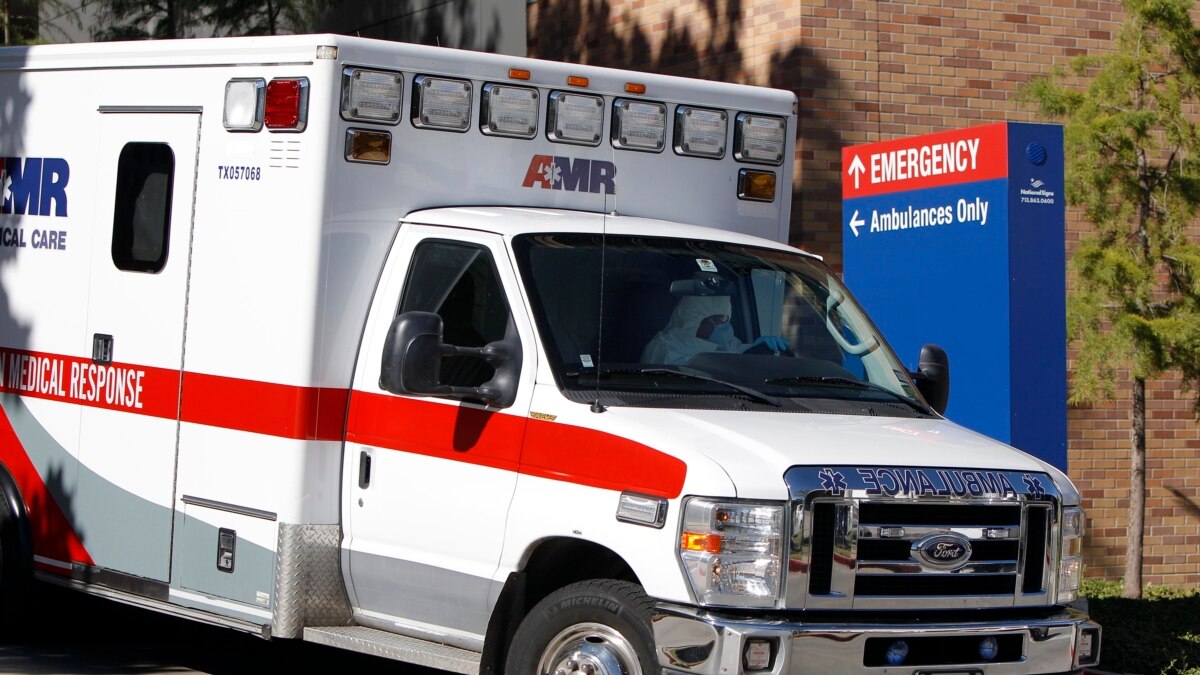Emergency care is an essential component of any healthcare system. In Kenya, the demand for effective emergency services is particularly significant due to the prevalence of road accidents, natural disasters, and medical emergencies like heart attacks, strokes, and trauma-related injuries. Proper emergency care can mean the difference between life and death, making it a critical area of focus for both public and private healthcare providers.
This article explores the importance of emergency care in Kenya, the challenges the system faces, and the vital role hospitals play in providing timely and life-saving interventions. Additionally, we’ll delve into why choosing the Top Hospital in Kenya is crucial when dealing with critical situations.
The Need for Emergency Care in Kenya
Kenya is a rapidly developing country, but it still faces several public health challenges that make emergency care vital. According to the World Health Organization (WHO), many deaths in low- and middle-income countries are preventable with timely and appropriate emergency care. In Kenya, this is particularly true for road traffic accidents, which are one of the leading causes of mortality and injury.
Other critical conditions requiring emergency care in Kenya include:
- Heart attacks and strokes: Time is of the essence for cardiovascular emergencies, where quick intervention can significantly reduce mortality and long-term complications.
- Severe infections: Conditions like malaria, pneumonia, and sepsis can become life-threatening without prompt treatment.
- Obstetric emergencies: Complications during pregnancy, such as preeclampsia, hemorrhage, and obstructed labor, require immediate care to prevent maternal and infant mortality.
- Trauma-related injuries: Accidents, falls, and injuries due to violence often result in serious trauma that requires rapid medical response.
Timely access to emergency care is thus a fundamental component of reducing deaths and improving health outcomes in the country.
Challenges in Accessing Emergency Care in Kenya
While the need for emergency care in Kenya is undeniable, there are several barriers that hinder access to these services:
- Geographical Barriers: A significant portion of Kenya’s population lives in rural areas, where access to hospitals and emergency services is limited. Many people have to travel long distances to reach a hospital, which can result in delays that are detrimental to their health.
- Lack of Infrastructure: Some areas, particularly remote and rural regions, lack proper infrastructure, including roads and transportation systems. This makes it difficult for patients to reach healthcare facilities in a timely manner and for emergency response units to access those in need.
- Inadequate Medical Equipment and Supplies: Even in the most advanced facilities, shortages of essential medical supplies and equipment, such as ventilators, monitoring devices, and medications, can compromise the quality of emergency care.
- Shortage of Skilled Personnel: There is a scarcity of trained emergency medical personnel in Kenya, including paramedics, emergency physicians, and nurses. This shortage can severely impact the efficiency of emergency services, especially in critical situations where specialized care is required.
- Financial Constraints: Emergency care can be expensive, and many Kenyans cannot afford the out-of-pocket expenses associated with medical emergencies. While the National Hospital Insurance Fund (NHIF) has made some improvements, there are still gaps in coverage, particularly for life-saving emergency procedures.
Improving Emergency Care in Kenya: Current Initiatives
Efforts are being made by both the government and private sector to improve emergency care services in Kenya. Some of these initiatives include:
- Ambulance Services: There has been a push to improve ambulance services in Kenya, both in terms of coverage and the quality of care provided during transport. Private companies and hospitals are now offering more advanced ambulance services, equipped with life-saving technology and staffed by trained paramedics.
- Training and Capacity Building: Several healthcare organizations are investing in the training of emergency care personnel. These initiatives aim to improve the number of skilled emergency medical technicians (EMTs), nurses, and doctors in Kenya’s healthcare system.
- Telemedicine: As technology continues to evolve, telemedicine is becoming an important tool in providing emergency care in Kenya. In remote areas, healthcare providers can offer guidance to local medical staff and patients via telecommunication systems, ensuring that basic life-saving interventions are carried out before the patient reaches a hospital.
- Public Awareness: Educating the public about the importance of early intervention and how to respond during emergencies is a critical aspect of improving emergency care outcomes. Campaigns about the importance of first aid, recognizing signs of emergencies like strokes or heart attacks, and knowing where to go for immediate care can significantly reduce mortality rates.
Conclusion
Emergency care is a vital part of Kenya’s healthcare system, providing life-saving interventions for critical medical situations. While challenges such as limited access, inadequate infrastructure, and a shortage of skilled personnel persist, ongoing efforts by healthcare providers and the government are improving the emergency care landscape.
Choosing the top hospital in Kenya for emergency care ensures access to state-of-the-art facilities, skilled medical professionals, and the best chance of survival and recovery during critical moments. As Kenya continues to develop its emergency care systems, the focus must remain on improving accessibility, affordability, and quality to ensure that all citizens receive the life-saving care they need, when they need it most.
Also Read: The Importance of a Certified Surgeon for Hair Transplantation
